
Care & Handling Reducing Threats & Maximizing Resources


Care & Handling Objectives
-
Describe the basic tenants of animal care, including addressing limited resources and continual threats.
-
Define reliability and validity in science and explain why it is important to have both.
The fitness (survival and reproduction) of wild animals is impacted by two groups of factors:
Limited Resources
-
Food/water
-
Territory
-
Potential mates
Continual Threats
-
Parasites
-
Predators
-
Environmental Change
Animal husbandry (care and breeding) attempts to maximize resources and remove potential threats.
Food & Water
Territory (space)
Potential Mates
Reduce Parasites
Remove Predators
Control Climate
Effective animal care requires continual observation and assessment of conditions.


Often adjustments are made as an animal advances through life stages, whether it is early development or advanced aging.
Caretakers themselves also experience changing conditions and need to assess motivation, time, and resources. Some species can live many years and need more than one generation of caretakers.

In many cases, having two or more of an animal reduces the amount of care required, as the animals can interact with each other rather than depending on a caretaker for social interactions.
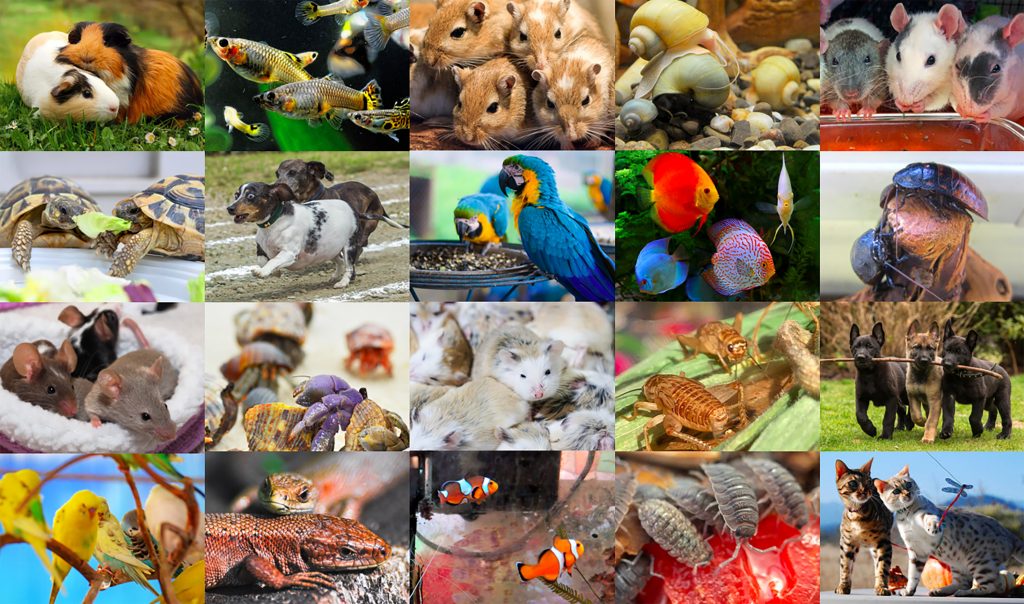
Typically adequate care is more likely when an animal is positively responsive. Cats purr, knead, and make gestures that elicit and reinforce human behaviors.
Animal care of mammals is often a higher quality than care of other vertebrates.
Let’s look at the care of animals that often elicit negative responses: snakes.
In the two photos below, both species of reptiles are alert and grouped together. Do you find one group more appealing than the other? It probably is not a surprise that most people rank lizards as “cuter” than snakes. This appeal (or lack of) can impact care.
The majority of pet snakes are kept in containers in which they can not fully stretch out their bodies or exercise muscles; conditions that people would generally find unacceptable for mammals or even other reptiles.
Some snake owners set up elaborate vivariums, living habitats snakes can roam. However, snakes are frequently kept in conditions with limited resources and potential threats like inadequate heating or veterinary care.
Snake food in captivity is also often limited, in part due to the costs and difficulty in acquiring and storing sufficient amounts of live prey. This snake is “mouth gaping,” which may be a stretch in preparation to engulf food, but may also be a yawn.
Some snake species are social, but they are often kept individually as pets. This reduces cost, but may also increase stress and decrease life expectancy.
You may not keep pet snakes, but you find shed skins along rocky trails.
In some cases, animal care requires monitoring a population of animals over generations.
Dubia roaches are popular as a food source for medium sized pet reptiles.
Flour beetles raised as food for small carnivores.
Animals often require different foods at different life stages. Changes can be dramatic, essential (required) dietary nutrients can shift over time.
Hornworm larvae are sold as food for larger reptiles, but can also be raised on their own through their pupal and adult stages.
Some foods, like hornworm larvae food, have to be prepared fresh on a regular basis.
When taking care of animals, consider:
This might not be the most important moment in your day,
but it may be the most important moment in the animal’s day.
Start Your Guide 6B Media Assignment here
Animal Care Plan
Select an animal you would potentially take care of over an extended period of time. This could be livestock, a companion animal, a wild population you are assisting, or a wild animal that is being rehabilitated. This can be an animal you have already used in a course assignment or a new animal.
Develop a long-term care plan for the animal, it can be in bulleted checklist or paragraph form. Include in your plan:
-
How you will address potentially limited resources like food, water, and housing.
-
How you will address continued threats like diseases or potential predators (if any)
-
Whether care will need to be adjusted for different life stages, for example, an aging animal.
-
How you will stay consistent with care over time as your life changes.
Upload your plan to Canvas when it is completed. This could fit into multiple outcomes in the final portfolio.
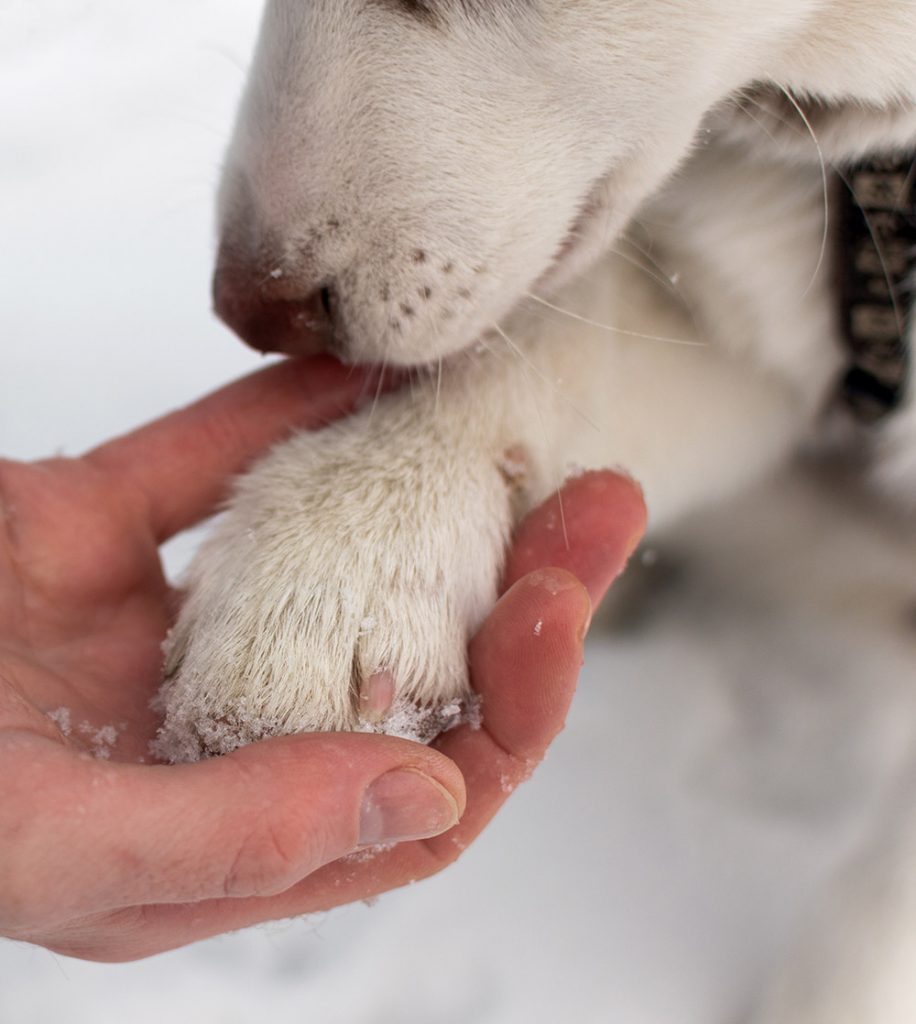
Things to consider:
If thinking of adopting a “wild” animal, be aware that many regions prohibit the feeding or housing of specific animal species. Additionally, many species cannot be transported across state or country borders. If feeding wild animals, consider the impact of raising carrying capacity on long-term health of the species and its environment. A final consideration is to protect yourself (and the animals) against possible cross-transfer of parasites and pathogens.
Reliability
Reliability in everyday language means dependable, something will behave predictably again and again.
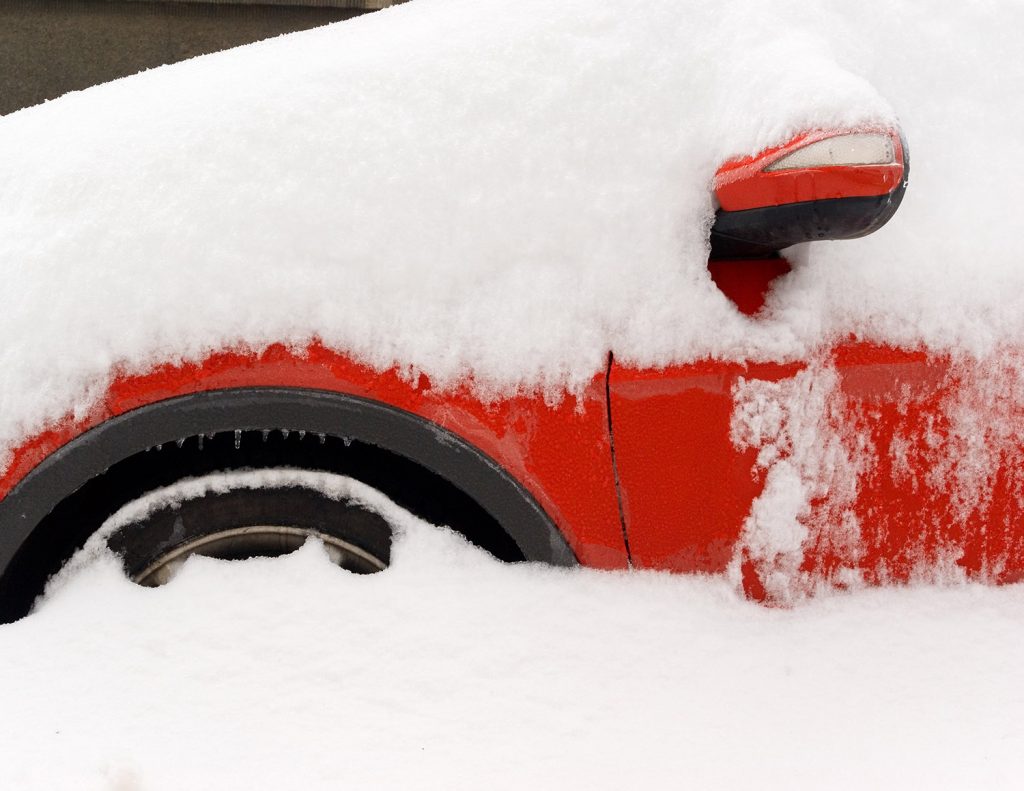
Car will start in cold weather
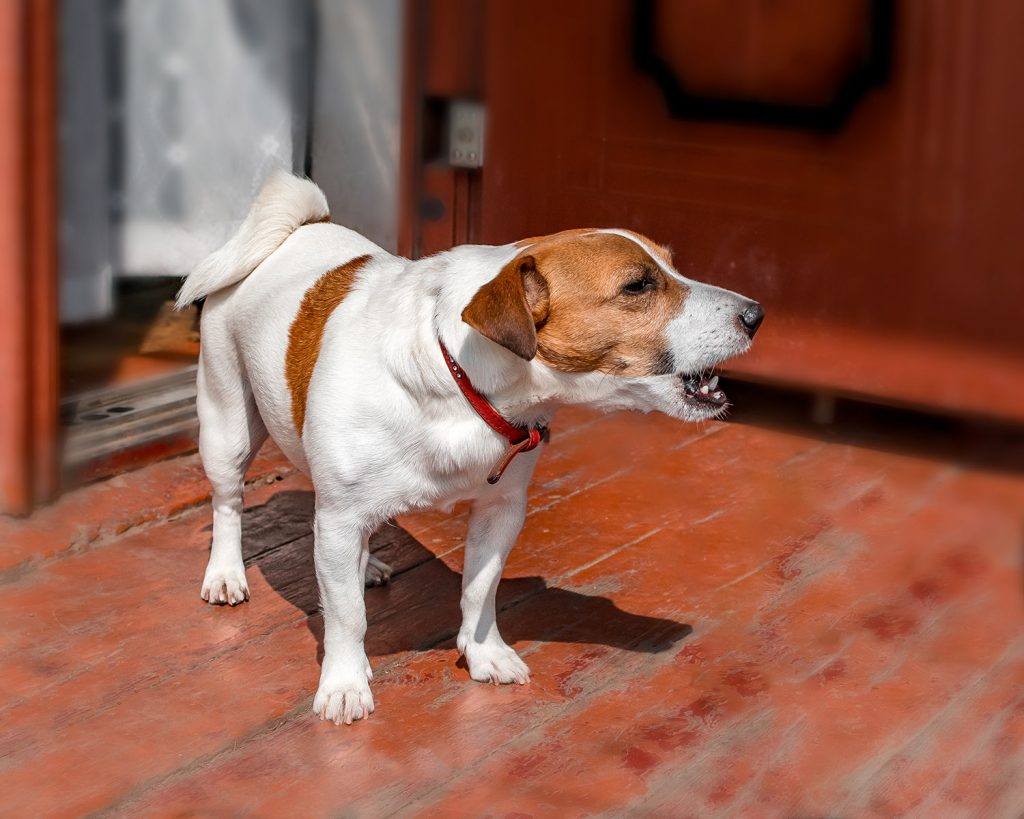
Dog barks at visitors

Sun rises every day
Reliability is important in science too.
When Gregor Mendel planted his pea seeds and they were true-breeding, he knew which phenotypes would appear. We rely on dependable true-breeding seeds in agriculture and our home gardens.
Reliability, meaning consistency and dependability, is something we are familiar with. We can agree that someone or something isn’t reliable.
But in science, reliability also has a more specific meaning.
In science, reliability often refers to how consistent a measurement is.
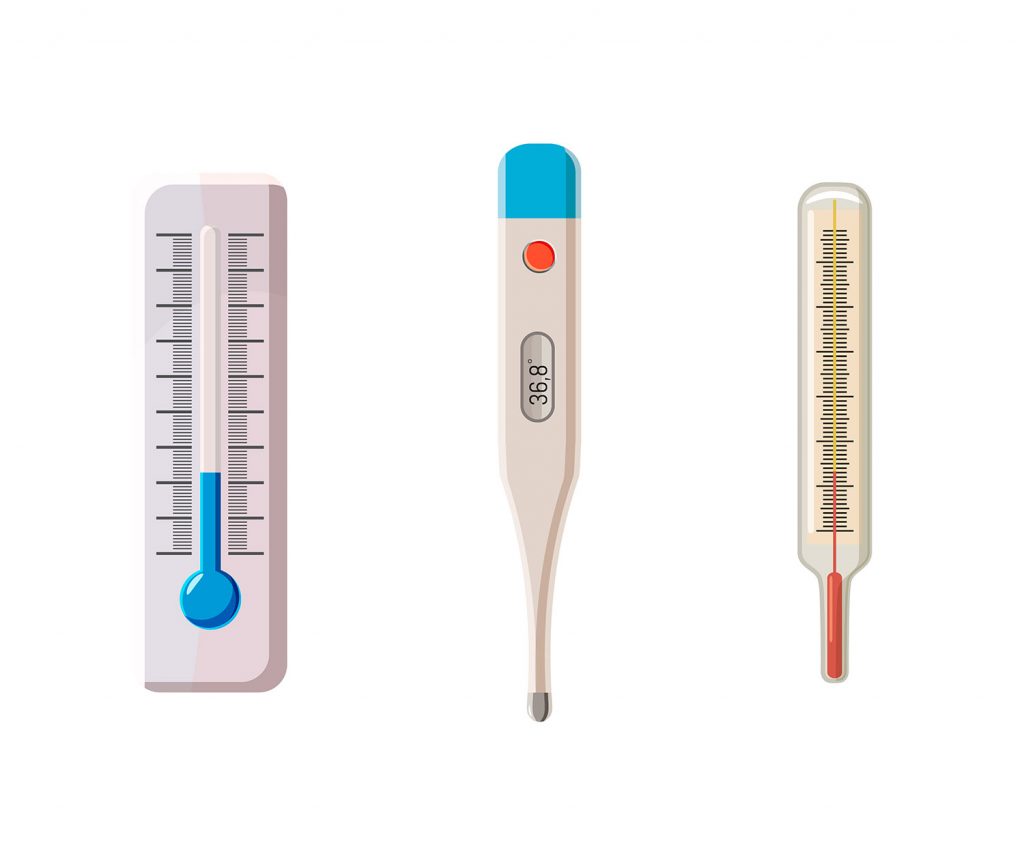
Three thermometers give the same temperature
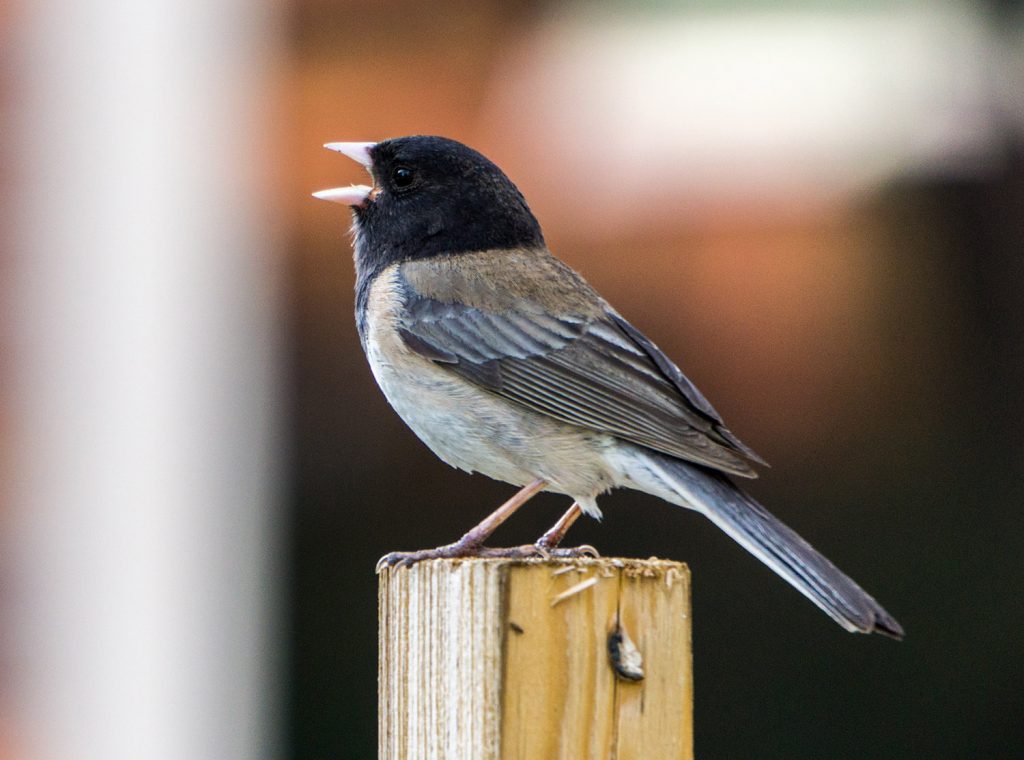
Chickadees consistently sing a "dee" five to seven times in response to a potential predator

Two different scientists get the same results
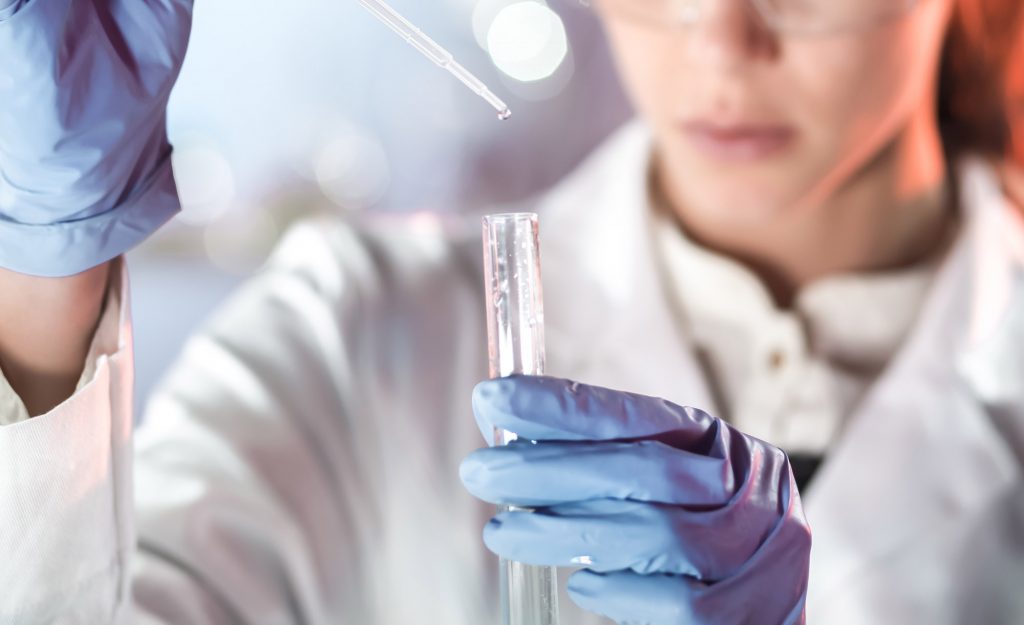
If you repeat the same experiment under the same conditions, you should get the same results.
If you plant 100 corn seeds with a germination rate of 75% at 60 degree F, that should occur again and again.
Consistent measurements allow scientists to predict how natural phenomena will occur. Which is essential, because otherwise the information is not very useful.
Reliability is often confused with validity.
Reliability:
The same test consistently gives the same results under the same conditions.
Validity:
The test measures what it’s supposed to.
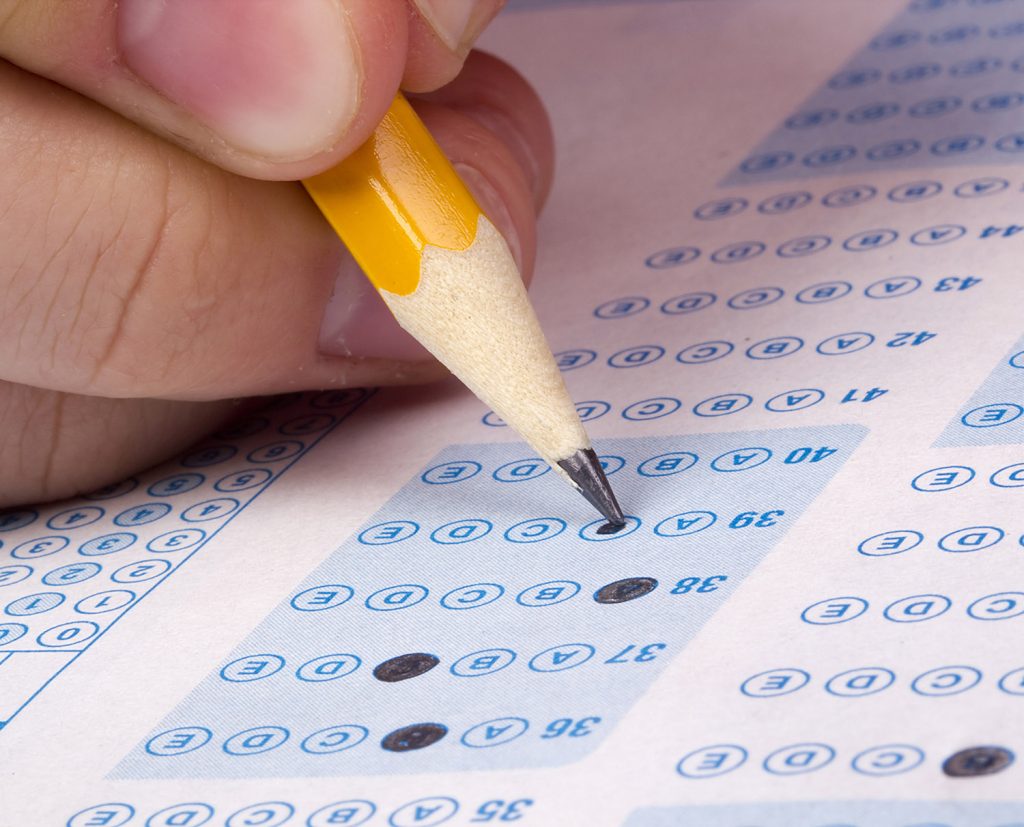
For example, if you take an IQ intelligence test over and over and it keeps giving you the result of 100 points, but your IQ is actually 120 points, the test was reliable (consistent) but not valid (not working).
You really want both reliability and validity.
So something could be reliably wrong, or invalid.

We’ve all been there; someone makes the same argument over and over, but the logic is flawed. So you could say that you that they will reliably make the same argument, but the argument is invalid.
Next we will explore animal parental care, from a minimal role to elaborate care over time.

Check your knowledge. Can you:
-
describe the basic tenants of animal care, including addressing limited resources and continual threats?
-
define reliability and validity in science and explain why it is important to have both?



